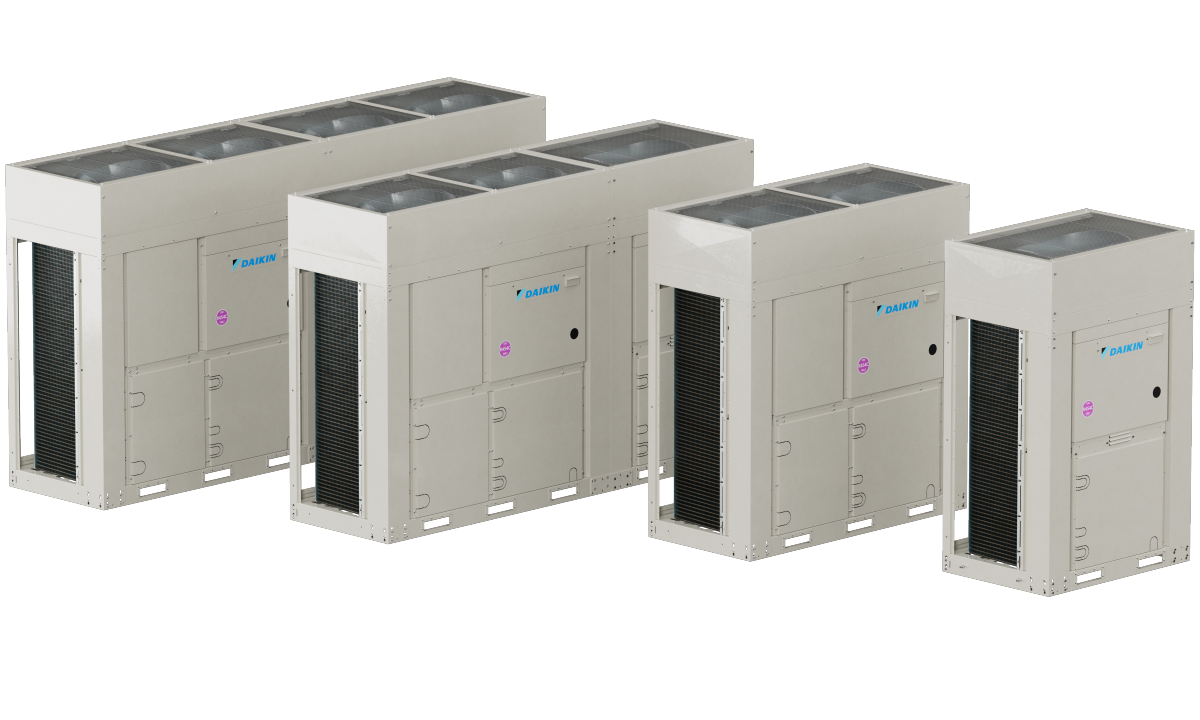As revealed in a memo leaked last week, U.S. President Donald Trump has ordered Energy Secretary Rick Perry to use emergency powers to prop up coal and nuclear plants.
This is not the first time such a request has been made. The Trump administration is doing its best to support the deep-pocketed fossil fuel industry – with its army of lobbyists – but it is failing. And the logic used by the administration to justify propping up the coal and nuclear industries has so far backfired.
The latest move drew condemnation from an array of environmental and pro-renewable energy groups, but also from electrical industry stakeholders. You have to wonder: If technology developed in the 1800s is to be safeguarded, what exactly is the administration going to push next?
The real risk to the U.S. electricity grid
The evidence – inadvertently put forth by the Trump administration – that solar and wind are in the ascendancy was a study conceived with the aim of demonstrating how a rising proportion of renewables was negatively affecting the stability of the U.S. power grid. The report, Staff Report to the Secretary on Electricity Markets and Reliability, was requested by Department of Energy Secretary Perry after lobbying by coal executive Bob Murray – as demonstrated by a series of photos that led to the firing of whistleblower photographer Simon Edelman. The report was so critical of these efforts that Energy Department staff leaked it early, likely to shield it from political manipulation.

The analysis showed the power grid’s stability was in fact increasing – even as wind and solar power race to record volumes – and that the decline of coal and nuclear is more down to competition from natural gas.
When Federal Energy Regulatory Commission (FERC) reviewed the analysis as a result of political pressure from the DOE, it was shown that the biggest risk to the power grid was, in fact, from centralized electricity being dependent upon power lines.

Guess who else hates power lines?
Beyond the Trump administration’s apparent concern, there are parts of the federal government that have very real fears about grid reliability. As revealed in a document put out by the secretary of the Air Force, there is a legal requirement Air Force bases in the United States be “able to power any infrastructure identified as critical to the performance of mission essential functions independent of the utility grid for the period of time needed to relocate the mission, or for at least seven days, whichever is longer”.
The secretary of the U.S. Army has created a whole team – the Office of Energy Initiatives (OEI) – to help protect domestic bases against energy risk. The task of the OEI is to develop “islandable” projects to provide the necessary energy and water resources to sustain critical missions for a minimum of 14 days in the event of a major disruption in supply.
Secretary of Defense, James “Mad-Dog” Mattis – commenting on lessons learned in Iraq and Afghanistan – testified the “military must be unleashed from the tether of fuel”. In military situations in Afghanistan and other nations, solar, wind and batteries have proven more stable sources of power.
The nuclear industry angle
In addition to the canard of grid reliability, the Trump administration may use other rationales to prop up nuclear. Less than two weeks ago, U.S. Deputy Secretary of Energy Dan Brouillette claimed nuclear-renewable systems could “link emission-free nuclear power plants with variable renewables like solar or wind farms, and could allow nuclear power to back-stop intermittent generation”.
The claim was made as the United States and partners launched a new push to develop small modular, nuclear reactors (SMR). The reality is clear. Rather than aiming to make nuclear power the new leader, the administration is hoping to bring it back from death’s edge as a back-up to the future. A future powered by sun and the wind.
SMRs have no real operational track record, so it isn’t clear they could be used in such fashion. While nuclear lobbyists have claimed they are flexible, the same advocates also claim conventional nuclear power plants can be used in a flexible mode. This issue has been explored in detail by pv magazine, which found while nuclear power plants can ramp, it is extremely impractical to do so due to the wear on parts and high capex/low opex nature of nuclear reactors.
This content is protected by copyright and may not be reused. If you want to cooperate with us and would like to reuse some of our content, please contact: editors@pv-magazine.com.



1 comment
By submitting this form you agree to pv magazine using your data for the purposes of publishing your comment.
Your personal data will only be disclosed or otherwise transmitted to third parties for the purposes of spam filtering or if this is necessary for technical maintenance of the website. Any other transfer to third parties will not take place unless this is justified on the basis of applicable data protection regulations or if pv magazine is legally obliged to do so.
You may revoke this consent at any time with effect for the future, in which case your personal data will be deleted immediately. Otherwise, your data will be deleted if pv magazine has processed your request or the purpose of data storage is fulfilled.
Further information on data privacy can be found in our Data Protection Policy.